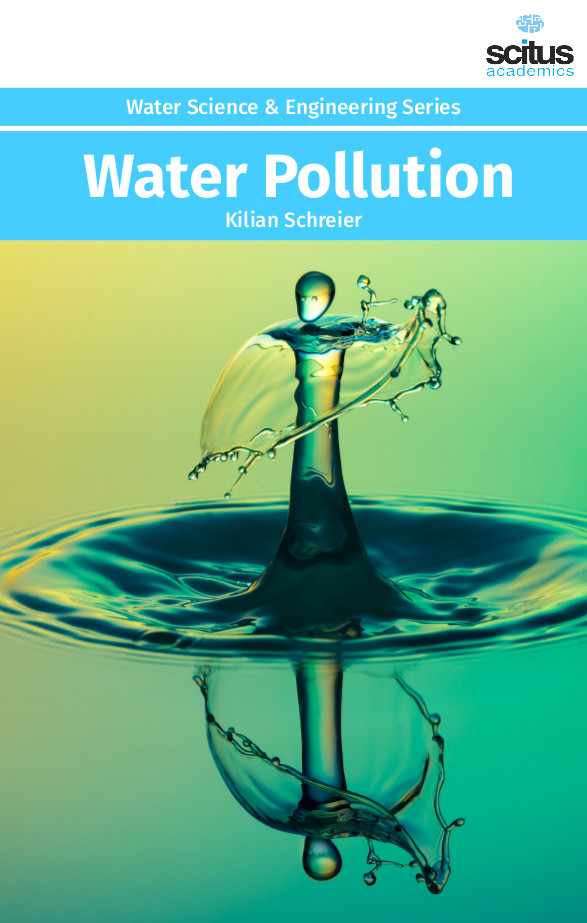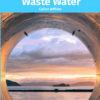Over two thirds of Earth’s surface is covered by water; less than a third is taken up by land. As Earth’s population continues to grow, people are putting ever-increasing pressure on the planet’s water resources. In a sense, our oceans, rivers, and other inland waters are being “squeezed” by human activities—not so they take up less room, but so their quality is reduced. Since water is the source of life and essential for all life on the planet, the use of this resource is a highly important issue. Poorer water quality means water pollution. Water pollution is any contamination of water with chemicals or other foreign substances that are detrimental to human, plant, or animal health. Water pollutants include fertilizers and pesticides from agricultural runoff; sewage and food processing waste; lead, mercury, and other heavy metals; chemical wastes from industrial discharges; and chemical contamination from hazardous waste sites. Worldwide, nearly 2 billion people drink contaminated water that could be harmful to their health. Water pollution is a major global problem that requires ongoing evaluation and revision of water resource policy at all levels.
This Book provides detailed information about different topics and gives a general overview of the current issues in water pollution and its management. The chapters, contributed by eminent scientists and experts, cover a wide range of current issues, reflecting on current problems and demonstrating the complexity of water pollution. It also reports on water pollution management technology that is low-tech, cheap and above all ecologically friendly. This book will be useful to environmental scientists, water professionals, researchers, academics and students.













